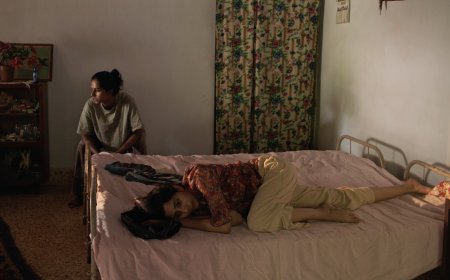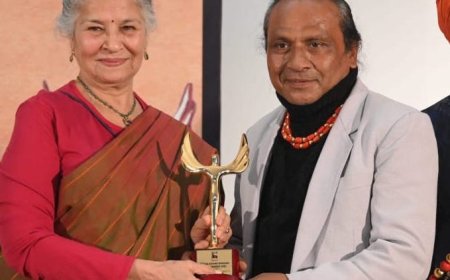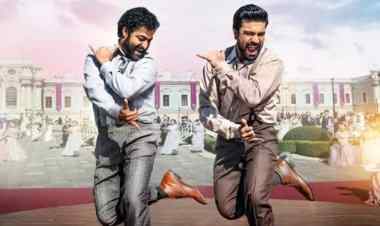THE TITLE SONG OF VIJAY ANAND’S GUIDE

Dr. Shoma A. Chatterji eloquently expounds upon the profound significance of the title song in GUIDE, skilfully weaving it into a centenary tribute dedicated to the illustrious Dev Anand.
Guide was an extraordinary film. The film adapted from a novel by R.K. Narayan addresses the larger philosophy of life in a very succinct way. Apart from narrating the story of a tourist guide who finds himself accidentally slipping into the bare feet of a mendicant, his love story, lived and lost, it addresses itself to the fragility of Life itself. This writer tries to pay a humble tribute to Dev Anand, one of the Golden Trio of Raj Kapoor, Dilip Kumar and himself who enriched Indian cinema for decades together not only with their histrionic power but also through their close bonding where the competition was healthy and long-standing.
Let this tribute be focussed on the unusual opening of Dev Anand’s best performance in Vijay Anand-directed Guide, adapted from R.K. Narayan’s classic novel of the same name. The graphics roll across a song written by Shailendra, set to music by S.D. Burman who also lends his unusually nasal voice to the song. The song ends with the graphic titles of the film.

Image: Dev Anand Photo Courtesy: SUBHASH CHEDDA
The frame opens on the closed gates of a prison. Raju, the guide, steps out, fully suited and booted with an attaché in hand. He and the guard shake hands and he walks on. The song begins with the lines – wahan kaun hai tera, musafir, jaayega kahan – and though it plays on the soundtrack, it appears as if voicing the inner thoughts of Raju who halts at a road pointer where one pointer is labelled “jail” and the other pointer says “city.” He keeps walking towards the city, hesitates and begins to walk in the opposite direction. The camera halts for a fraction of a second at another road point that spells out “Anjannagar – 485 miles” and Raju walks in that direction.
The song goes on, expressed beautifully through the visuals shot by the magic of Fali Mistry’s camera which mostly concentrates on mid long shots and long shots. The lines go on ‘ dum lele ghadi bhar, yeh chhaiyan, payega kahan, which means, “rest a minute, where will you get this shade?” As the song goes on, so does Raju walk across the horizon, resting awhile under the shade of a tree. His weariness increases with every step he takes on the long journey as his worldly possessions take leave of him – the coat disappears, the attaché falls open, with photographs of his old love scattered across the brown earth. He looks a bit wistfully, but leaves the photographs and other things behind and walks on. It does not matter to him anymore.

Image: Dev Anand Photo Courtesy: SUBHASH CHEDDA
The lines of the song give voice to this - Bit gaye din, pyaar ke palachhin, sapana banin woh raaten, bhul gaye woh, tu bhi bhula de, pyaar ki woh mulaakaaten, Sab door andhera musaafir, jaaega kahaan where he decides to discard the nostalgia of his past love like the lover did, because everything is dark in the distance. He begins to walk barefoot and when a foot catches a thorn and begins to bleed, he winces in pain, removes the thorn and moves on. You can see the seasons changing in the backdrop from heavy rains where he crouches under a tree for protection from the rains, or, curling himself under a tree to protect himself from the coldness of winter while the song goes on on the soundtrack. The journey goes on, on a horse carriage, followed by a bus ride on the back of the bus as he has no money for the ticket having purchased water from the wayside, and back to the earthy road, having shed his footwear and walking barefoot.
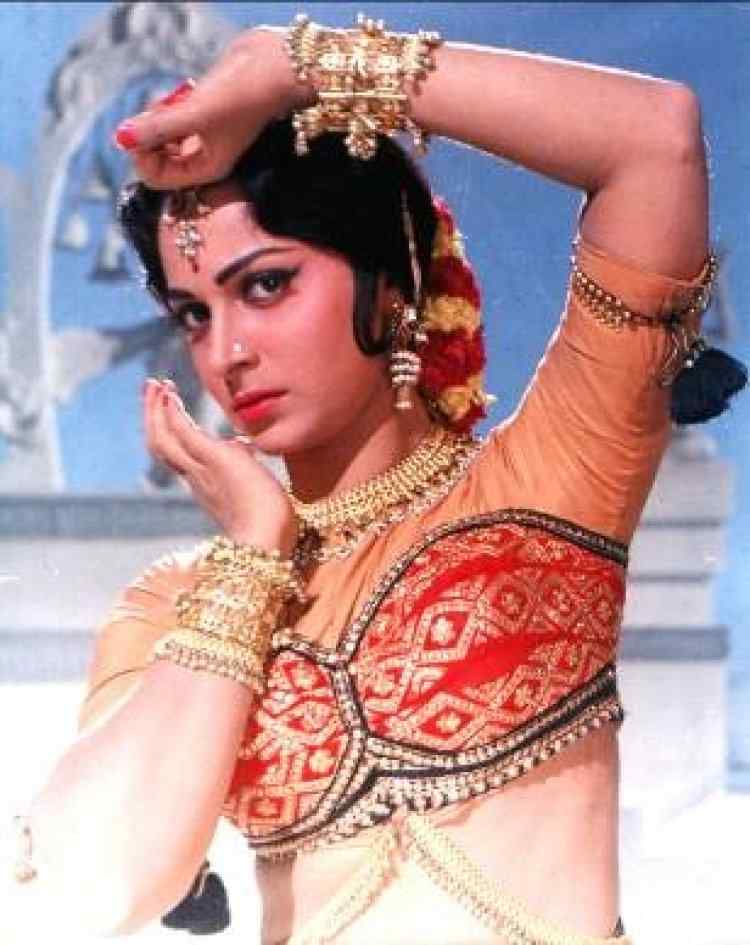
Image: Waheeda Rehman Photo Courtesy: SUBHASH CHEDDA
Raju’s stripping himself from worldly possessions is backed by the beautiful lyrics of the song - Koi bhi teri raah na dekhe, nain bichhaae na koi, Dard se tere koi na tadapa ankh kisi ki na roi, Kahe kisako tu mera musaafir, jaaega kahaan - no one is waiting for you, no one is keeping awake in the night, no one’s heart is beating in pain, no one’s eyes are moist with tears, so, my dear traveller, who will you call your own and where are you headed?
The song takes a dig at Raju’s past profession as a tourist guide who showed others the way, asking him, how is it that he lost his own destination; and goes on to wonder how he caught himself in the fragile threads of problems and kept hanging while no one knows why the snake keeps dancing, as expressed in these lines: tune to sabko raaj bataai, tu apani manzil kyon bhula Sulajhaake raaja auron ki ulajhan kyon kachche dhaagon men jhula, Kyon naache sapera musaafir, jaaega kahaan.
The last stanza is exceptionally philosophical. It goes:
Kahate hain gyaani, duniya hai faani, paani pe likhi likhaai
Hai sabaki dekhi, hai sabaki jaani, haath kisi ke na ani
Kuchh teri na mera musaafir, jaaega kahan
The “story” of life ends something like this: the wise men say that the world is perishable; everyone has seen it and everyone knows it but no one can catch it; nothing in this world belongs to you or me so, traveller, where are you off to? The rhythmic beat of the song keeps time with the mood, the lyrics and the music generate, sticking to the same beat right through the entire song.
Around this time, the camera pans to show a row of saffron-clad sadhus walking in the distance and Raju seems to have glimpsed them from afar. He lies under a tree, his shirt torn and tattered, his face unwashed, when a sadhu comes and offers him some food on a brass plate and he gets up and takes the plate from the sadhu. The camera cuts to the expressionless face of another sadhu clad in saffron, captured in mid close-up, watching something while we see the camera suddenly pan to Raju sleeping under a tree. The sadhu takes off his saffron shawl and covers Raju with it while Raju is fast asleep. This small gesture changes the direction of Raju’s life which he is not aware of himself and nor is the audience. It is a pointer to an interesting twist to the tale of Raju’s journey from being an ex-convict to turning into the Swami he never ever intended to become.
The viewer is not given any clue about who this handsome young man is and why he has come out of prison, what he was doing in prison, what crime he had committed and so on. The viewer does not know that his name is Raju and knows practically nothing about him. So, the song is a philosophical song addressed to the larger humanity represented as a microcosm through this young man who metamorphoses from a gentleman to a mendicant without even being aware of this change. Taking Raju as a metaphor, the song applies to every one of us who is on a journey, destination unknown and we do not know why we are going, where we are going, who we are going to meet, who is waiting at the end of the journey to meet us and most importantly, why.
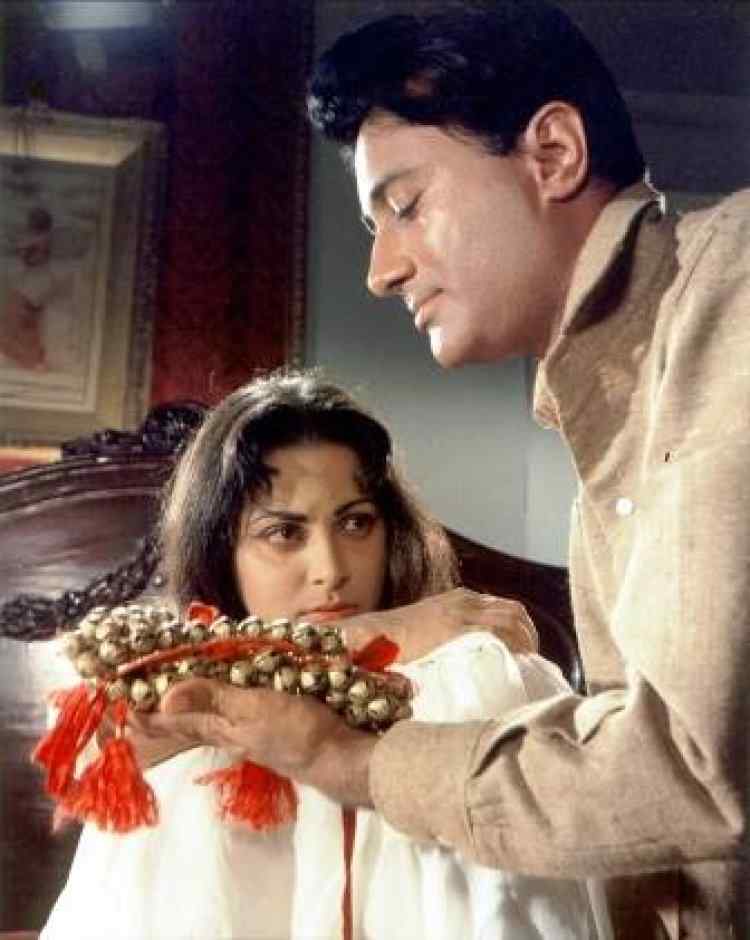
Image: Dev Anand & Waheeda Rehman, Photo Courtesy: SUBHASH CHEDDA
The song, along with the visuals encapsulates a brief but rich narrative on Life as a journey, not necessarily from Point A to Point B or from the gates of an anonymous prison to an unknown place called Anjanpur, far away, through rain and shine and winter, with morsels of food and drops of water. It is an ‘abstract” philosophical journey that applies to all of us who are alive and are in quest of some destination we are not sure of. The song, through the cinematography and the landscape captures Nature in all its versatile splendour – the sun across the golden horizon; the gate of the prison cutting to show a tree in full bloom not with flowers but with leaves and branches; showers in the distance at night when the traveller tries to shield himself from the rains, the winter reflected from the traveller trying to ward off the chill by rubbing his hands or curling into himself and finally, the shivering body covered in a saffron shawl. The journey also marks the strange, slow and certain metamorphosis of an ex-convict who was once a successful tour guide, then became the ‘agent’ of his danseuse girlfriend, to become a convict. His signing of the cheques was not at all larceny on Raju’s part but it sprung from the fear of losing Rosy to Marco who had come in search of Rosy now that she is famous and successful. Like any other young man in love with a woman who had become more famous that he ever could hope to be, Raju was forever afraid of losing her – to her dance, to her fame, to her affluence and most of all, to Marco, still her husband who had suddenly reappeared in her life.
***
What's Your Reaction?







